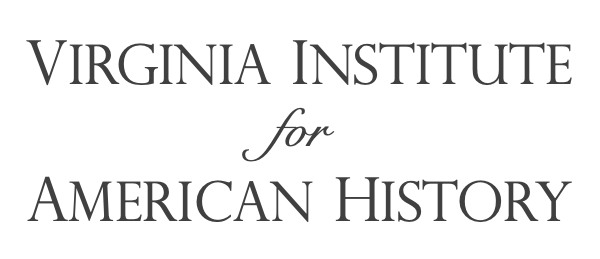“The Statue of Liberty is recognized around the world as the universal symbol of freedom, liberty and progress, as outlined in the statue’s formal name: “La liberte eclairant le monde”, or “Liberty enlightening the world.” This colossal statue depicts Lady Liberty, with her arm held high carrying a glistening gold torch, a wide, seven-pronged crown, and strident legs pacing towards the future. Originally conceived as a gift from the people of France to the United States to commemorate the Declaration of Independence, the public monument has also accrued new societal significance since its completion in 1886. Here are just a handful of the most significant meanings invested into this American icon.
The Statue of Liberty Was a Gift from the People of France to America
The idea for the Statue of Liberty came from Edouard Rene Lefebvre de Laboulaye, who conceived the idea of a monument gifted to America from France, as a symbol of their strong ties forged during the American Civil War. He hoped the statue could represent a centenary since America’s Declaration of Independence in 1776, along with the abolition of slavery in the same year, and could strengthen the relationship between the two nations. Laboulaye commissioned the renowned French sculptor and architect Frederic Auguste Bartholdi to design a colossal statue of profound significance, loaded with symbolism related to American history. A tablet in her left hand is inscribed with the date of the United States Declaration of Independence, while a broken shackle and chains at her feet represent liberty breaking the chains of bondage, or slavery in the United States.
A Symbol of the United States’ Multicultural Heritage
In the early 1900s, Georgina Shuyler was one of many to point out that the statue’s proximity to Ellis Island, and its visibility for ships and boats coming ashore, made it a powerful, welcoming symbol for immigrants entering the United States. In response to this new interpretation, the words from Emma Lazarus’s poem The New Colossus were famously etched into a plaque at the base of the statue in 1903, including the words: “Give me your tired, your poor, your huddled masses yearning to breathe free, the wretched refuse of your teeming shore.” It became recognized as a symbol of America’s rich multicultural history, founded by people from around the world...
The Statue of Liberty Is a Universal Symbol of Freedom and Liberty
Despite the complicated history of the United States, the statue has become universally recognized as a signifier for freedom and liberty around the world. Bartholdi designed his Lady Liberty to resemble Libertas, the Roman Goddess of Liberty. Many also believe he included a series of important, politically significant symbols to continue the theme. For example, the crown, with its rays extending outwards like the light of the sun, is believed to represent an open, welcoming light. Originally intended to be a lighthouse, the crown is now a viewing platform which visitors can enter to look out across the harbor. Some historians have argued the seven rays of the crown represent the seven seas and the seven continents, implying the global importance of liberty for all. Others believe the seven rays of her crown represent a series of seven vital freedoms: civil, moral, national, natural, personal, political and religious liberty.
Meanwhile, the shimmering torch, which is covered in a layer of gold leaf in order to catch the rays of the sun throughout the day, is a widely accepted symbol of enlightenment and the path to freedom.”
Photo credit CNN
Read more about the history of the Statue of Liberty:


No comments:
Post a Comment